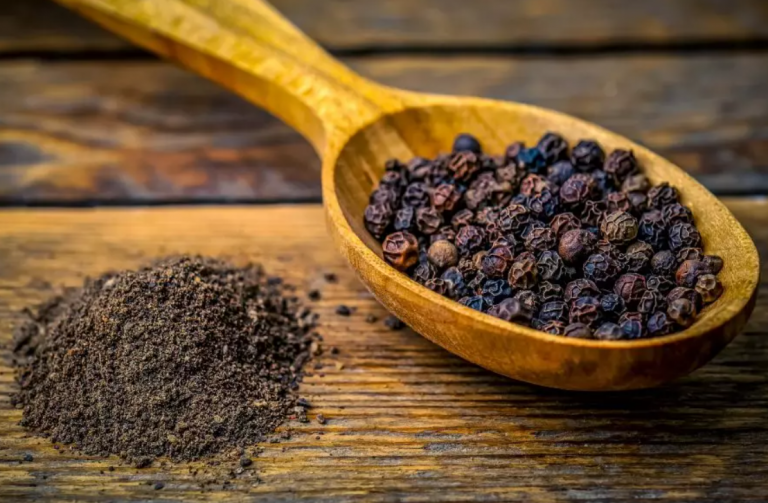A native of the homonymous region of Cambodia, the kampot pepper is considered one of the rarest and most precious spices in the world. Carefully selected and harvested by hand, according to strict guidelines (pesticides and chemical fertilizers are banned), it is widely used in many South-Eastern Asian traditional dishes, whose recipes, in many cases, date back to almost 1.000 years ago.
The recent worldwide spread of the traditional Indochinese cooking has contributed to popularize the Kampot pepper in the Western cuisine. The spice has been adopted by many famous chefs in both North America and Europe and its flavor has become common among the gourmet food lovers. This has been made possible also thanks to a few companies specialized in the distribution of culinary excellence, or even brands like Peugeot: the historical French company designs and produces tools able to enhance the taste of the finest foods, and the Kampot pepper is among them.
Kampot pepper in Western recipes
There are two varieties of Kampot pepper. The black one has a strong spiciness, able to enhance its herbal aroma, which reminds mainly to mint and eucalyptus. The “impossible” blend of hotness and freshness gives every dish an unique taste, intense and smooth at the same time. The aromatic bouquet is completed by a complex cluster of floral notes.
The red variety is harvested when the fruits have reached their full ripeness, and this implies that they have lost part of their spiciness. Red Kampot pepper’s taste is tangy, gentle, rich in sweet, fruity notes, while the herbal ones are more relegated in the background (though they’re still perceptible). It is a side effect of a wider vitamins absorption, that makes the red pepper even more nutritious and richer in micro-nutrients than the black one.
Both varieties are commonly used, not only in the Cambodian traditional cuisine, but also in the Burmese, Thai, Laotian and Vietnamese ones. What sets them apart is mainly the taste of those who use them: the black pepper is used to give the dishes a strong and yet aromatic nuance, while the red one is preferred when the cook needs a more gentle and less persistent aftertaste. In other words, the two varieties are often interchangeable. Nevertheless, some peculiarities make each one of them fitter for some families of food rather than other ones. In general terms, the black pepper is a taste enhancer, while the red one is a smoothener, and these prerogatives are the key to use them in the kitchen, even when dealing with Western recipes.
For example, the black Kampot pepper is an excellent compendium for all the red meat, as well as lake and river fish: a salmon or a trout, but also more uncommon and refined ones, such as whitefish, pike, perch, walleye, tench and catfish. More generally, wherever there is a large reserve of fat, the black Kampot pepper helps the palate to dissolve its persistence. This is the main reason why it goes amazingly with meats like pork (especially the fattest parts of it), duck, reindeer or donkey. Moreover, it could be used indiscriminately on stewed or dry dishes.
The red Kampot pepper is the ideal seasoning for all the venison and other red meats with similar strong flavors, such as pheasant, pigeon, quail, but also rabbit and hare. Similarly, it could be used on any kind of giblets, or it could add an extra boost of aromatization to white meats, especially through a marinade.
A versatile spice
As we can see, the Kampot pepper lends itself to multiple and various uses in the kitchen. Clearly, meat and fish based dishes are its ideal destinations, but the most reckless chefs have tried it in chocolate based desserts, as well as in fruit compotes and even cream or cheese based cakes. However, the impression is that the potential of this spice is still yet to be completely discovered by the Western cuisine.


Comments are closed.